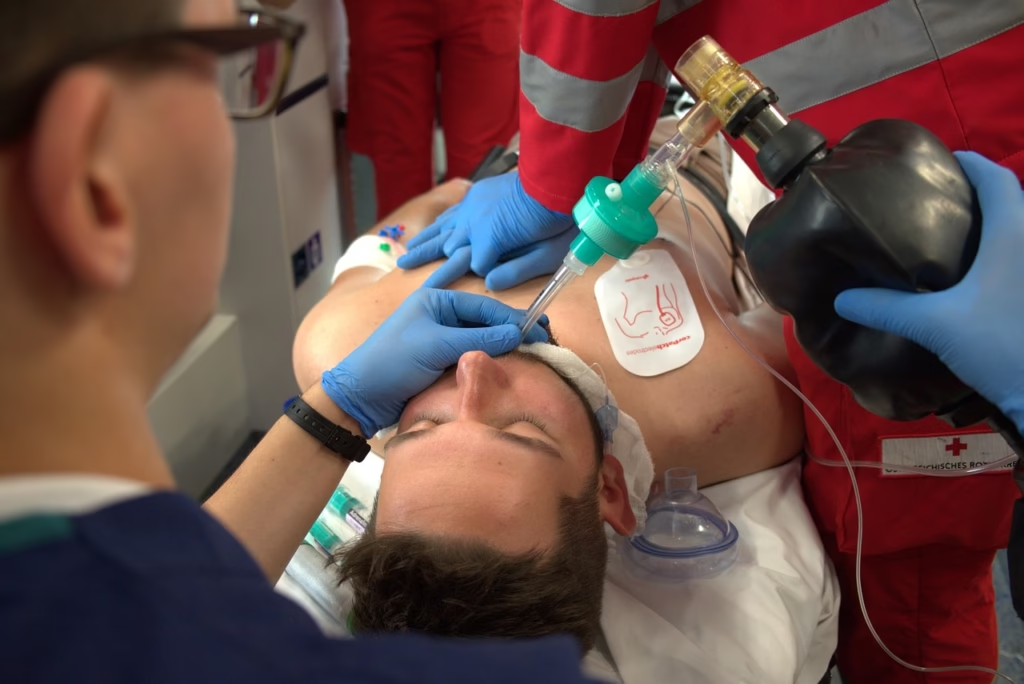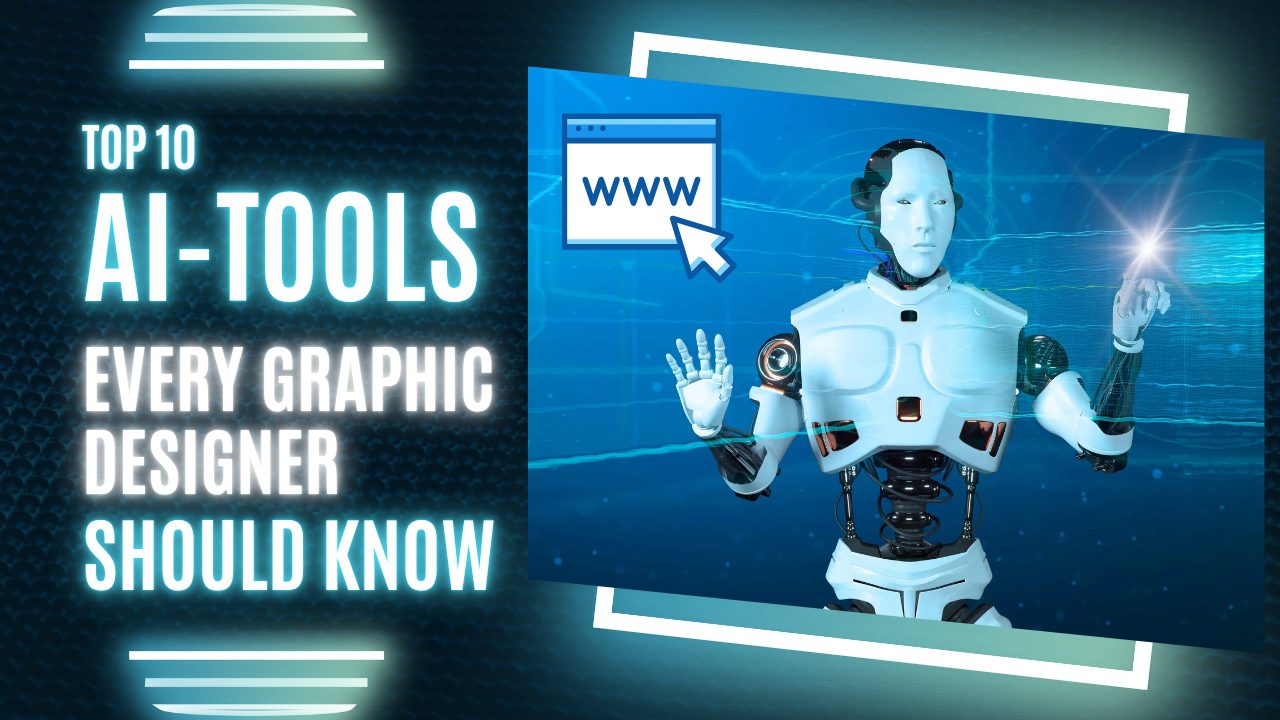
In many parts of the world, AI Improves Access to Emergency Medical Care” remains a challenge—especially for women in need of emergency obstetric services. Today, artificial intelligence (AI) is emerging as a game-changer, offering powerful tools to bridge healthcare gaps and improve timely interventions.
Why Access to Emergency Medical Care Still Lags Behind
Many individuals face significant hurdles when seeking healthcare—long travel times, lack of reliable transportation, childcare challenges, or missed workdays. These barriers delay diagnosis and treatment, which can lead to severe consequences, particularly in life-threatening emergencies.

The Role of AI in Understanding Geographic Barriers
One of the key ways AI is being used to increase access to emergency medical care is by analyzing real-time travel data. For example, in Nigeria, where over 50% of the population lives in urban areas and maternal mortality remains alarmingly high, AI-powered tools like Google Maps travel insights help public health officials identify areas where emergency response times are dangerously long.

Using AI to Improve Emergency Obstetric Care (EmOC)
EmOC and the Impact of Delays
Timely access to emergency obstetric care can prevent up to 75% of intrapartum stillbirths and reduce maternal deaths by half. While distance to a facility was once the key measure of accessibility, traffic congestion and poor infrastructure mean that physical proximity no longer guarantees fast care.

AI-Powered Dashboards to Identify High-Risk Zones
Working with the On TIME Consortium, researchers used AI to create an interactive dashboard estimating travel times to EmOC facilities. It pinpoints high-risk zones—areas where pregnant women take the longest to reach life-saving care.
These insights empower public health authorities to:
- Plan new health facilities
- Optimize ambulance routes
- Upgrade existing infrastructure
Broader Applications: AI in General Medical Access
AI for Portable Diagnostics
AI models can now identify tuberculosis in chest X-rays and even estimate fetal growth using portable ultrasound solutions. These technologies allow frontline health workers to deliver care without patients having to travel to urban centers.
Learn more about AI in global health from WHO
AI Tools for Healthcare Developers
Google’s Open Health Stack supports healthcare app developers with tools to standardize data, improve care coordination, and build AI into their platforms—especially in resource-limited settings.
AI and Health Equity: Closing the Gap
By increasing access to emergency medical care, AI also supports health equity. It brings attention to geographic and socioeconomic disparities that might otherwise go unaddressed. With data-driven planning, communities can invest where the need is greatest.
Collaborations and Future Goals
Public-private partnerships are key to these advances. In addition to working with Google, governments and NGOs are building on AI insights to support projects focused on:
- Vaccine accessibility
- Rural healthcare delivery
- Health education and outreach

Final Thoughts: The Future of Emergency Care with AI
AI is proving to be a powerful ally in improving healthcare access. From emergency obstetric services to routine diagnostics, AI-driven solutions are reshaping how we plan, deliver, and improve health systems.
As AI technology evolves, we can expect broader adoption in emergency services, especially in developing countries where infrastructure and access challenges are more pronounced.



